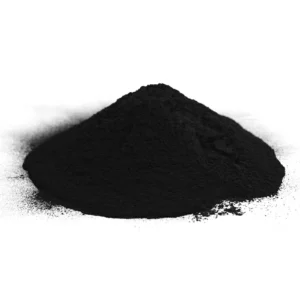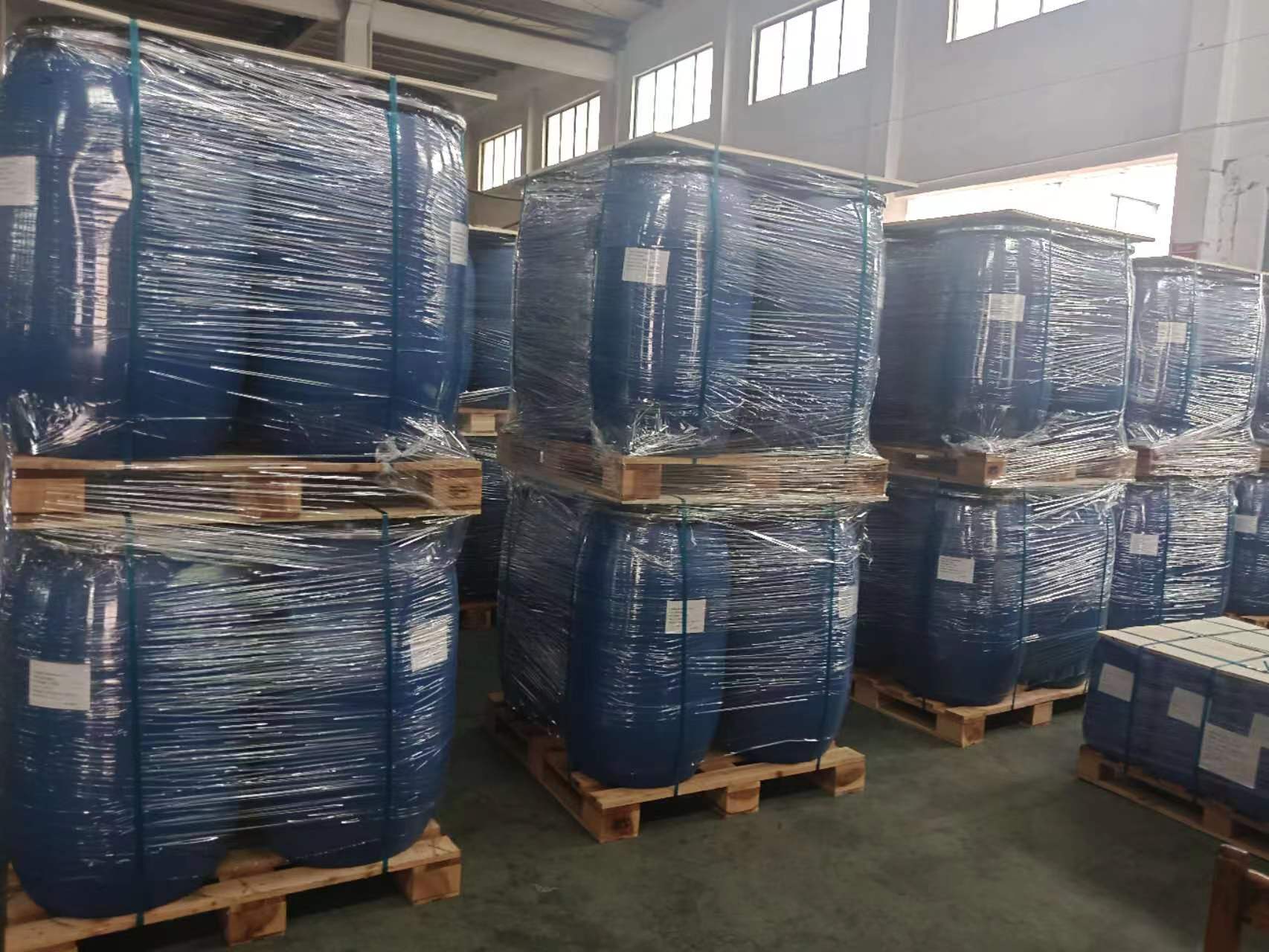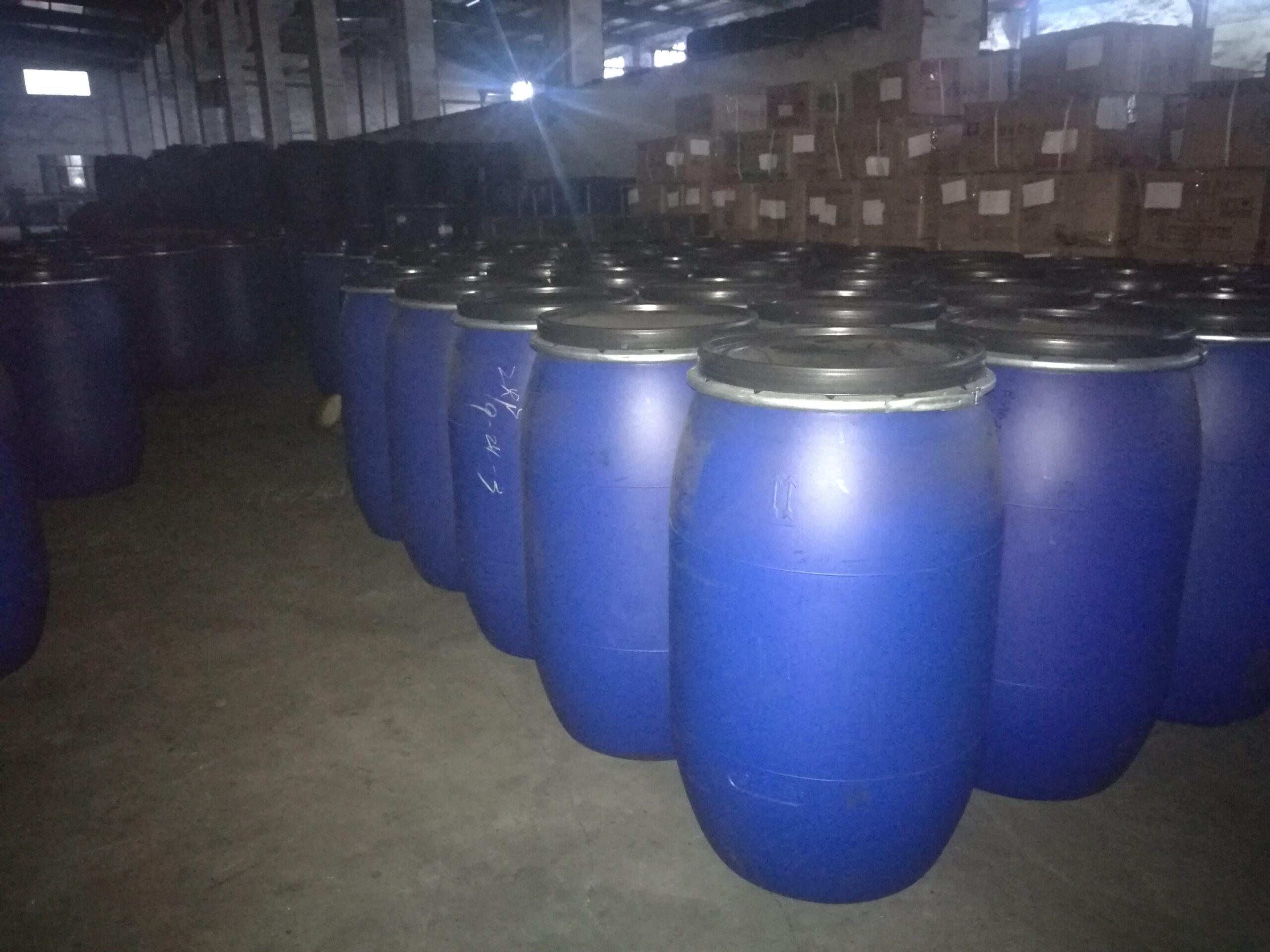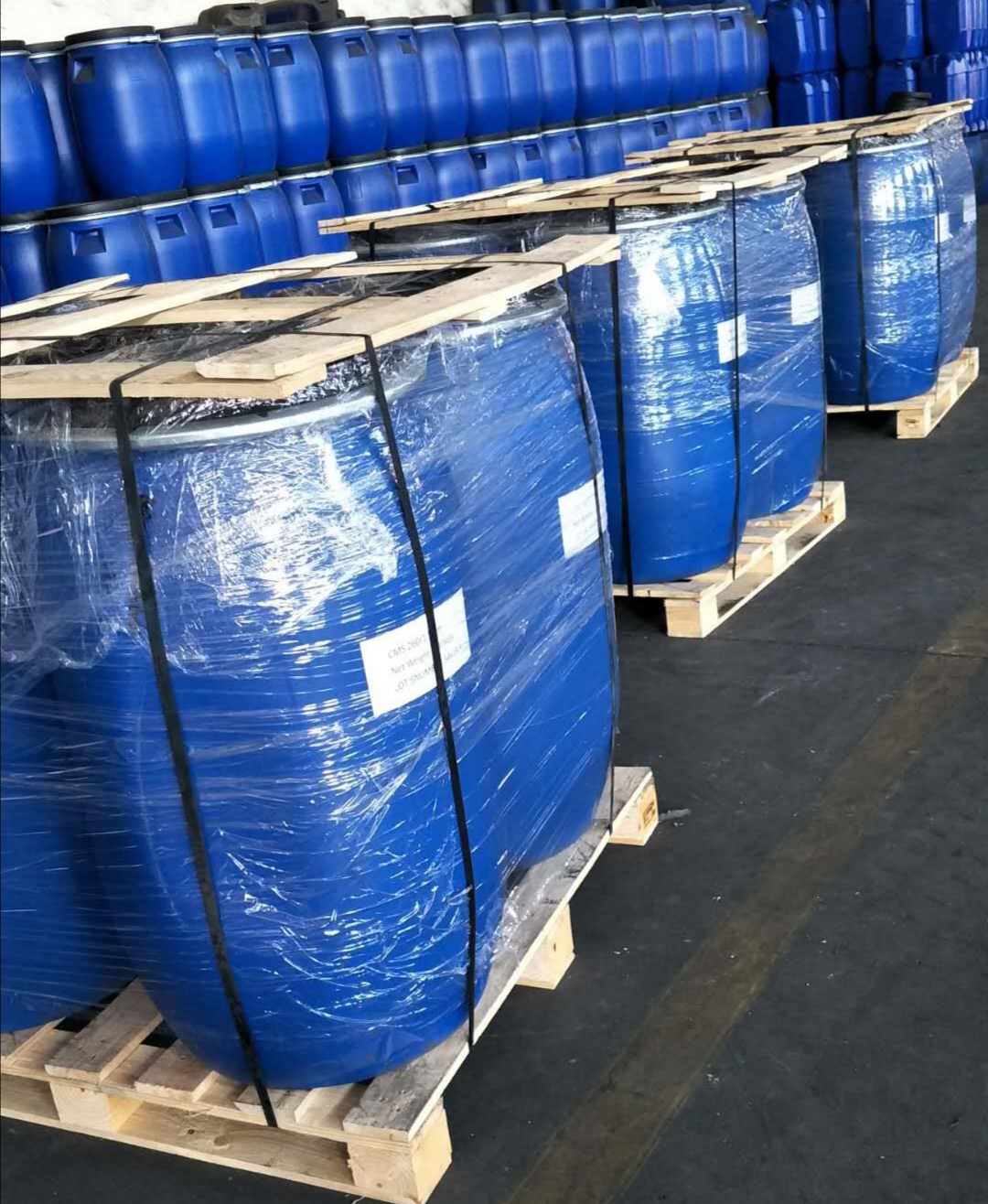How to correctly prepare, use and replace carbon molecular sieves?
In industrial production, the preparation, use and replacement of carbon molecular sieves is an important link. To ensure the normal operation of enterprises, we offer professional technical guidance and on-site services to help enterprises efficiently complete the replacement of carbon molecular sieves and provide tailor-made gas volume designs for them.
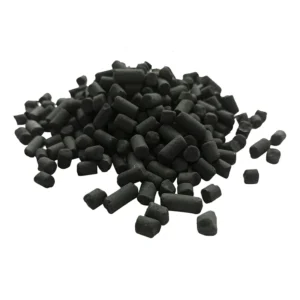
一、Preparation Process of Carbon Molecular Sieves
Carbon molecular sieves, due to their unique pore structure, surface properties, mechanical strength and chemical stability, play a key role in multiple industrial fields such as separation, purification and catalysis. The preparation process involves multiple steps, including the heating and oxidation of the cured product using thermosetting resin as raw material, the crushing of the oxidized modified product, the granulation of the obtained crushed product, the dry distillation of the granular material, the heat treatment of the carbides after dry distillation, and the final adjustment of the fine pores. These steps together constitute the complete process for preparing molecular sieve carbon.
二、How to Prevent the pulverization of carbon molecular sieves
By rationally arranging the bed layers, for instance, first inserting the inert alumina layer and the activated alumina layer, and then placing the molecular sieve layer on top of them, the airflow can be effectively distributed, the impact reduced, and the purification purpose achieved simultaneously. In addition, ensuring that the bed layer is filled tightly and smoothly, as well as designing a reasonable usage pressure and regeneration time, are all key measures to prevent the pulverization of carbon molecular sieves.
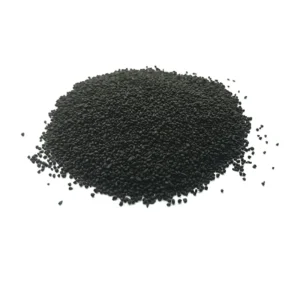
三、The Operating Principle of Carbon Molecular Sieves
Carbon molecular sieves achieve effective separation of oxygen and nitrogen through their unique screening properties. During the adsorption process, macropores and mesopores mainly serve as channels to transport impurity gases to micropores and sub-micropores, while it is the volume of micropores and sub-micropores that truly plays the role of adsorption. The surface of carbon molecular sieves is covered with a large number of micropores. These micropores allow small-sized molecules to rapidly diffuse into the pores while preventing large-diameter molecules from entering. Because gas molecules of different sizes have different dispersion speeds, the components in the gas mixture can be effectively separated. When preparing carbon molecular sieves, the distribution of micropores needs to be regulated according to the molecular size, usually within the range of 0.28 to 0.38nm. In this way, oxygen can quickly pass through the micro-pores and enter the pores, while nitrogen has difficulty passing through, thus achieving effective separation of oxygen and nitrogen. The size of the micropore diameter is a key factor determining the separation effect of carbon molecular sieves. Pore diameters that are too large or too small are not conducive to the separation of oxygen and nitrogen.
四、Timing and Methods for Replacing Molecular Sieves
During the adsorption process of carbon molecular sieves, if impurities such as oil and water enter the adsorption tower along with the air and are adsorbed by it, it will cause the molecular sieves to be “poisoned”, which will seriously affect their desorption capacity and lead to a significant decrease in nitrogen production and nitrogen purity. In addition, as the usage time of carbon molecular sieves increases, the purity of nitrogen in them will gradually decrease and fail to meet the usage requirements. Therefore, when encountering these situations, we need to consider replacing the carbon molecular sieve in a timely manner.
